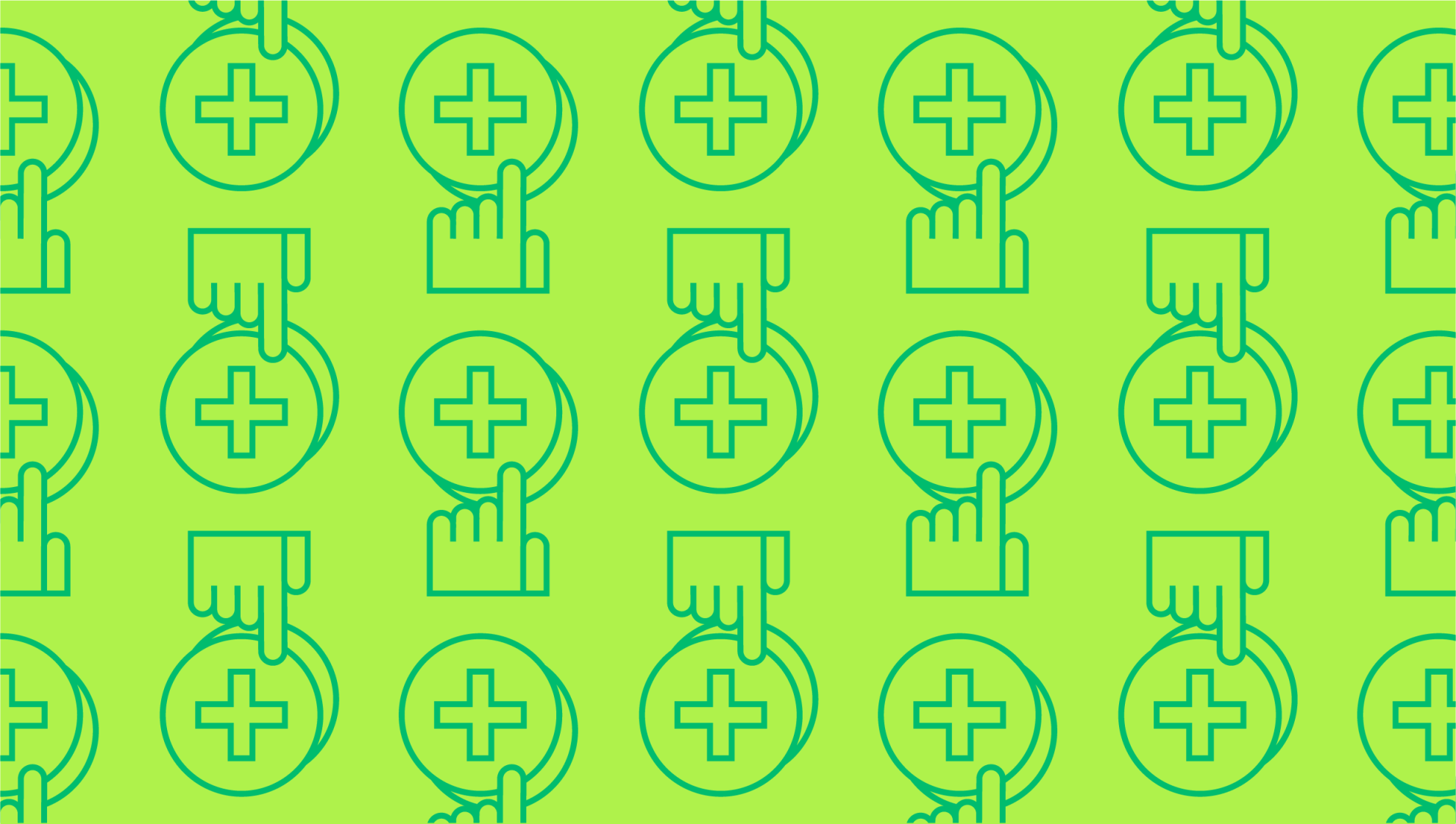Last editedAug 20222 min read
Before evaluating the relative merits of SaaS v subscription it’s probably useful to give a quick definition of what each type of business model is actually comprised of:
SaaS – this is a business model which involves software which is based on the cloud and is then provided for multiple customers on the basis of either a pay-per-use agreement or a subscription agreement. The benefits of SaaS for customers include the fact that vital software their business depends upon can be leased as and when needed rather than having to be purchased outright and then stored on premises.
Subscription – this is a business model which involves the customer paying a recurring price at regular intervals – i.e. a monthly fee – in return for access to a particular product. Unlike SaaS, subscription dates back to well before the digital age, being a model which originated in publishing during the 17th century. As well as still being used by newspapers and magazines, the subscription model now applies across industries such as utilities and software provision.
There is some overlap between the two, in as much as many SaaS companies operate using a subscription model, but at the same time, SaaS companies are also able to utilise pay-as-you-go, one-time-use models, and proration for incomplete periods.
One example of a SaaS product which doesn’t operate on a subscription basis would be accounting software which is priced on the basis of the turnover of the business which is using the software, rather than via a subscription. This would only represent recurring revenue, of course, if the user could be persuaded to utilise the software on a year-by-year basis.
How subscription generates income
If your business uses a subscription model then revenues are generated via contracts and auto-renewals. In many cases a subscription model provides an identical service or product across multiple time-periods for the same price. In addition, a business which trades using a subscription model will generally be offering goods or services which are easy to replicate and scale up as demand grows.
How SaaS generates income
A business which runs via a SaaS model can generate income in any one of three ways, or indeed a combination:
Through subscriptions
Via recurring revenue generated by users utilising the service repeatedly
On a pay-as-you-go basis.
The product which is offered to all customers, no matter how many there are, will be completely identical in terms of the software, although the details of the provision could be tweaked in response to specific customer demands. The ability of a SaaS business to scale up their offer and serve increasing demand is limitless, with the only impact of more customers being a greater requirement for increased server space. Businesses which currently trade using the SaaS model include Salesforce, HubSpot and Slack.
The advantages of SaaS v subscription
As stated, SaaS businesses can make use of the subscription model as part of their offering, but the advantage of a SaaS model over a traditional subscription service lies in the huge amounts of data which the business is able to gather as a result of its interactions with customers. This data can then be leveraged to improve the product itself and the way in which that product is marketed and sold. Even more advantageous is the fact that the same insights can then be taken and applied across areas of the business which don’t involve the supply of software.
GoCardless and subscription payments
Taking recurring payments from clients is a key aspect of both SaaS and subscription models. GoCardless can take recurring payments from your customers automatically on the date they are due, and we also handle one-off transactions – such as set-up fees and additional service costs – via Instant Bank Pay. You can find out more about subscription payments with GoCardless here.
We can help
If you’re interested in finding out more about SaaS v subscription, then get in touch with our financial experts. Discover how GoCardless can help you with ad hoc payments or recurring payments.


